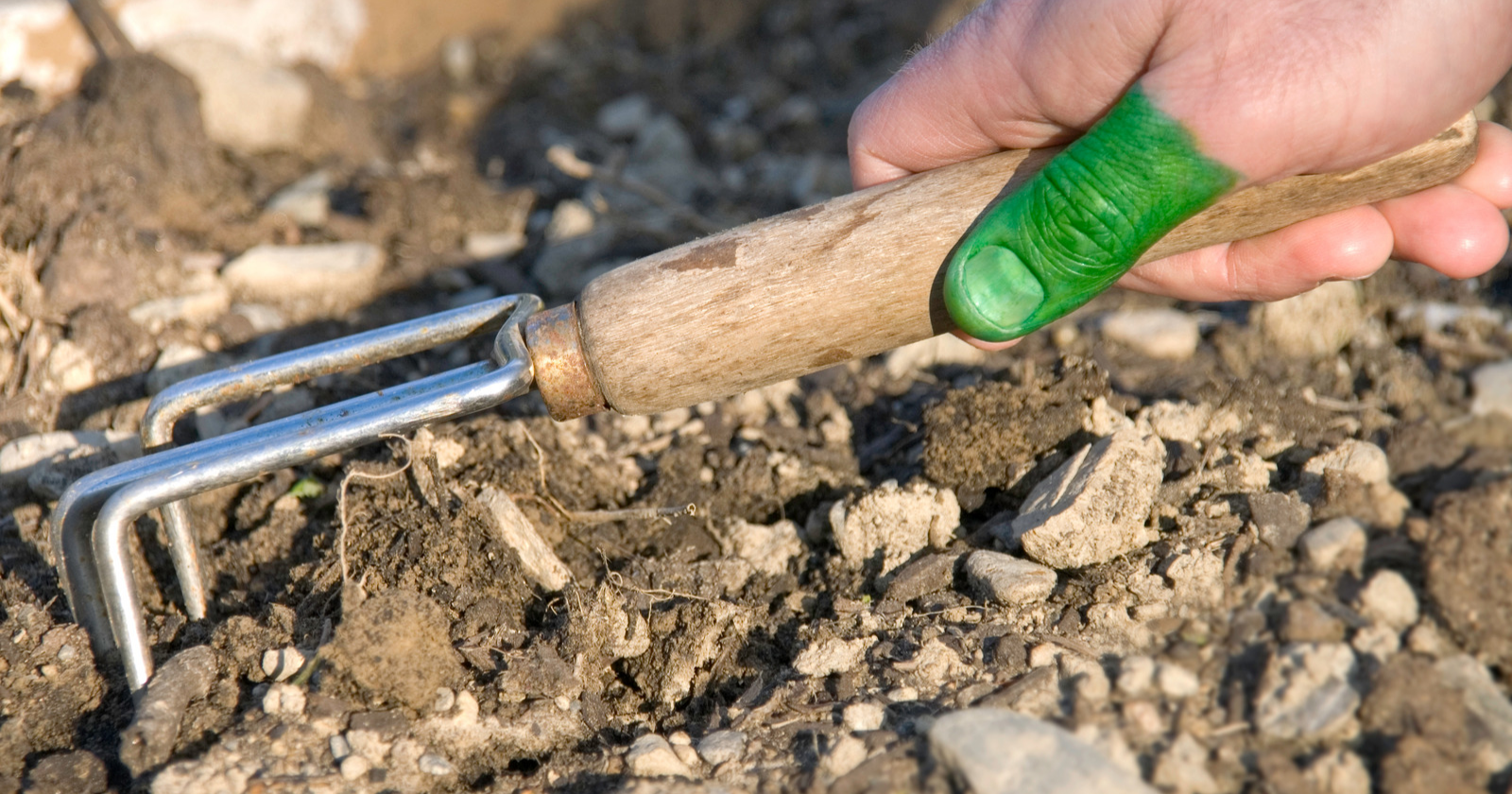Ever thought about growing a San Pedro Cactus at home?
Well, I did… And, let me tell you, it’s been quite the adventure.
While I’m no botanist, through diligent research and some hands-on practice, I’ve managed to cultivate quite the thriving cactus.
Sure, it’s not a hidden mystery, but these steps have truly made the difference in turning my thumb green.
I’ve had my fair share of failures and dead cacti.
But the lessons I’ve learned along the way? They’ve revolutionized my journey as a gardener, making it a rewarding and fulfilling experience.
Ready to embark on your own gardening journey? Read on for tips and resources.
1) Choosing the Right Environment
One of the most crucial steps in growing a San Pedro Cactus at home is selecting the right environment.
Having a plant at home can be a delight, but it’s important to remember that not all home environments are suitable for all plants.
This is especially true for the San Pedro Cactus.
After all, it’s a desert plant, native to the highlands of Peru and Ecuador.
The San Pedro Cactus thrives in sunlight.
“The Complete Book of Cacti & Succulents” by Terry Hewitt details just how much these plants love their sun.
And further research into their natural habitats confirmed my suspicion: these plants need a lot of light.
For me, providing the right environment is not just about placing the cactus in a sunny spot in the house.
It’s about understanding its natural habitat and trying to replicate those conditions as closely as possible.
A well-chosen location can make all the difference, providing the cactus with the best possible chance to thrive. It’s not just about where you put the plant; it’s about ensuring that it gets enough light and warmth consistently.
By taking care to create an ideal environment for my cactus, I’ve seen it flourish and grow steadily.
It’s a simple step, but its impact on your cactus’s health and growth will be significant.
2) Understanding Watering Needs
The second major step in growing a San Pedro Cactus at home is understanding its unique watering needs.
Water, as we all know, is essential to all plants.
But what I didn’t realize initially was that cacti, especially desert ones like the San Pedro, have very different watering needs compared to other plants.
I learned this the hard way—overwatering my first San Pedro Cactus and sadly watching it wilt away. It was a harsh lesson, but it was necessary.
I started reading more about cacti, and it was “The Little Book of Cacti and Other Succulents” by Emma Sibley that finally cleared my confusion about watering these resilient plants.
Getting the watering right isn’t just about giving your cactus a drink now and then.
It’s about understanding how much water it truly needs (which isn’t much), taking into account the climate you live in, and adjusting your watering schedule accordingly.
Too much water can be just as harmful as too little. It’s about striking the right balance—a balance that respects the cactus’s natural preference for dry conditions.
Through careful observation and a better understanding of its needs, I’ve been able to create a watering routine that keeps my San Pedro Cactus healthy and thriving.
It might seem like a small thing, but trust me, getting this right can significantly impact your cactus’s wellbeing.
3) Choosing the Right Soil Mix
Did you know that according to a study published in the “Journal of Arid Environments”, the San Pedro Cactus prefers sandy, well-draining soil?
That nugget of information was a game-changer for me.
Before I got my hands on that research, I was using regular potting soil for my San Pedro Cactus. And let’s just say, the results were not great.
Understanding that these cacti are native to arid environments, where the soil is far from the rich, loamy type we often associate with plant growth, was a wake-up call.
Choosing the right soil mix isn’t just about grabbing a bag off a garden center shelf.
It’s about replicating, as closely as possible, the natural growing conditions of the San Pedro Cactus.
I began experimenting with different soil mixes—adding more sand for better drainage and even incorporating grit and perlite into the mix.
Over time, I’ve refined my own soil mix recipe that works wonderfully well for my San Pedro Cacti.
They seem happier, healthier and they’re definitely growing faster.
This might seem like a minor detail, but believe me, getting the soil mix right makes all the difference when growing a San Pedro Cactus at home.
4) Monitoring Growth and Health
In the world of plants, the San Pedro Cactus is a slow grower.
And while this can sometimes feel like a test of patience, it’s also an opportunity to truly understand and appreciate this wonderful plant.
A study published in the “Journal of Ethnopharmacology” piqued my interest with its detailed look at the growth rate of the San Pedro Cactus.
It made me realize that observing your cactus isn’t just about eagerly waiting for it to grow taller. It’s about noticing subtle changes, being aware of any signs of distress, and appreciating its unique pace.
For me, monitoring its growth and health has become more than a gardening task.
It’s almost meditative, bringing me closer to nature and teaching me patience.
Observing my San Pedro Cactus has made me more attuned to its needs.
I’ve learned to recognize early signs of overwatering, pests, or disease. I’ve seen how it reacts to different light levels and temperatures.
This close observation has allowed me to act swiftly when necessary, ensuring the best possible care for my cactus.
It’s not just about watching your cactus grow; it’s about understanding its language and responding to its needs.
If you’re ready to start this journey with your own San Pedro Cactus, I’ve written a more detailed post on how to monitor its growth and health effectively.
Trust me, this practice will transform your gardening experience and create a deeper bond between you and your cactus.
5) Propagating your San Pedro
So now you’ve grown your first San Pedro and you want to expand the family?
The joy of seeing a new cactus sprout from a cutting is nothing short of magical. But getting there requires some understanding and patience.
This isn’t just about cutting a piece off your cactus and sticking it in the dirt. It’s about knowing where to make the cut, how to prepare the cutting, and when to plant it.
I learned a lot from the book “Cacti and Succulents: An Illustrated Guide to the Plants and their Cultivation” by Graham Charles.
It provided me with invaluable insights into the propagation process.
By following the right steps and giving your cuttings the care they need, you can successfully increase your San Pedro collection.
Remember, each new cactus is more than just another plant. It’s a living testament of your gardening skills and your connection with these magnificent plants.
So why not give it a try?
Believe me, propagating your own San Pedro Cactus is a journey worth embarking on.
6) Dealing with Pests and Diseases
Picture this: You’ve nurtured your San Pedro Cactus lovingly, provided the right soil mix, ensured appropriate lighting, and perfected your watering schedule.
Yet, one day, you notice something alarming—yellow spots, tiny bugs, or perhaps the dreaded mold.
Truth is, even with impeccable care, your San Pedro Cactus might encounter pests or diseases at some point.
This isn’t just about panic and hastily applying some pesticide.
It’s about understanding the common threats to your cactus, learning how to identify them early on, and knowing what steps to take to address them.
One of my go-to resources has been “What’s Wrong With My Plant? (And How Do I Fix It?)” by David Deardorff and Kathryn Wadsworth. This book helped me diagnose and treat various issues that my cacti faced.
Remember, dealing with pests and diseases is part of the gardening journey.
It can be disheartening to see your plant struggle, but with the right knowledge and timely action, you can help it bounce back.
Imagine the satisfaction of nursing your San Pedro Cactus back to health—it’s a rewarding experience that deepens your connection with these resilient plants.
7) Enjoying the Process
Lastly, and perhaps most importantly, is the habit of enjoying the process.
Gardening, much like life, isn’t just about reaching a destination.
It’s about the journey—the thrill of new growth, the challenge of overcoming problems, and the satisfaction of seeing your plant thrive under your care.
For me, growing a San Pedro Cactus at home isn’t just about having a beautiful plant.
It’s about the joy of nurturing something, the lessons I learn along the way, and the sense of peace that comes from tending to a living thing.
When you enjoy the process, every new leaf is a delight, every growth spurt is a celebration, and every setback is an opportunity to learn.
Remember, cultivating a San Pedro Cactus is more than just following steps.
It’s about engaging with nature, honing your patience, and finding joy in small things. It’s about creating life and cherishing it.
And, believe me, when you cultivate this mindset, growing a San Pedro Cactus at home becomes more than a hobby—it becomes a source of happiness and personal growth.
8) Educating Yourself Continuously
Growing a San Pedro Cactus at home is a continuous learning experience.
Whether it’s about understanding its unique watering needs, finding the perfect soil mix, or learning to combat pests and diseases, there’s always something new to learn about this fascinating plant.
For me, this isn’t just about keeping my plant alive and healthy.
It’s about expanding my knowledge, staying curious, and immersing myself in the world of gardening.
Books, online forums, gardening communities—all have been invaluable resources in my journey. But the greatest teacher has been the plant itself.
Remember, every day with your San Pedro Cactus is an opportunity to learn something new. It’s not just about becoming a better gardener; it’s about growing as an individual.
So stay curious. Keep learning. And let your San Pedro Cactus guide you on this wonderful journey of growth and discovery.
9) Sharing your Journey
Consider sharing your gardening journey with others.
There’s something truly fulfilling about sharing your experiences, triumphs, and even challenges with fellow plant lovers.
It not only helps you connect with like-minded people but also allows you to learn from others’ experiences.
For me, sharing my journey of growing a San Pedro Cactus at home isn’t just about showcasing my green thumb. It’s about being part of a community, learning from others, and hopefully inspiring someone else to start their own gardening journey.
Whether it’s through social media, joining a local gardening club, or simply sharing updates with friends and family—sharing your journey can add another layer of joy to the process.
Remember, growing a San Pedro Cactus is a journey worth celebrating.
So don’t hesitate to share your wins, ask for advice when needed, and enjoy the camaraderie that comes with being part of the gardening community.
Sharing your journey not only enriches your own experience but can also inspire others to embark on their own gardening adventures.
Happy gardening!












